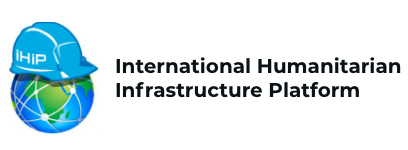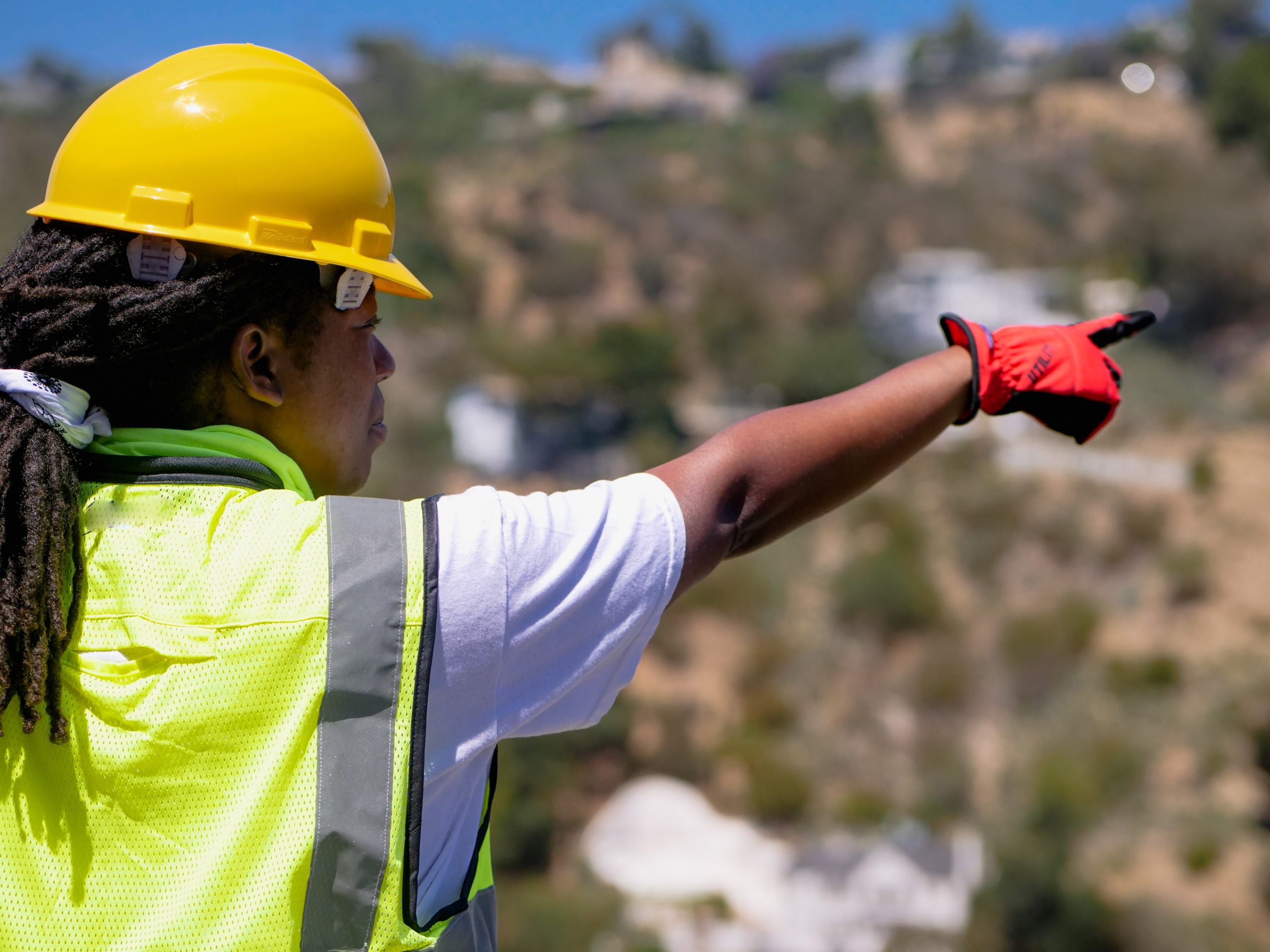🌍 Humanitarian crises are lasting longer and becoming more complex
Crises now emerge from both protracted conflicts and sudden-onset disasters — from wars and famine to floods, earthquakes, and climate shocks.
Each requires tight coordination among donors, governments, NGOs, UN agencies, and the private sector.
Yet in many post-emergency contexts, weak governance, volatile markets, and limited local resources make collaboration difficult and recovery slow.
The result is a chronic cycle of temporary responses instead of sustainable reconstruction.
Environmental priorities, often sidelined during emergencies, must now return to the top of the global humanitarian agenda.
🏗️ Evolving infrastructure needs in fragile environments
According to the World Bank, the number of people living in fragile and conflict-affected settings will continue to rise through 2030.
Infrastructure must therefore be planned for the long term — addressing population growth, climate resilience, and social cohesion.
Designing and managing infrastructure in these volatile contexts requires:
-
Long-term planning horizons (10–50 years)
-
Integrated local participation and ownership
-
Climate-adaptive and low-carbon solutions
-
Transparent, professional project management
🤝 A stronger humanitarian–development nexus
The World Humanitarian Summit (Istanbul, 2016) already called for a new way of working — one that breaks the silos between humanitarian relief and development investment.
This vision remains more relevant than ever in 2025: delivering sustainable impact requires joint planning, shared standards, and strong local leadership.
“Achieving ambitious outcomes in fragile and crisis-affected environments requires collaboration among governments, humanitarian, and development actors — over multiple years, and toward collective outcomes.”
— World Humanitarian Summit, Istanbul
⚙️ IHIP’s contribution: professional contracts for shared outcomes
The Conditions of Particular Application (COPA) developed by IHIP are designed to align with the FIDIC Conditions of Contract harmonized for Multilateral Development Banks (MDBs) since 2010.
This creates a common contracting framework across humanitarian and development actors — a concrete step toward operationalizing the humanitarian–development nexus.
Through this approach, IHIP enables projects to:
-
Use consistent, internationally recognized contract forms
-
Apply fair risk allocation and transparent procurement
-
Integrate sustainability and local capacity-building from the start
Together, these measures transform humanitarian construction into sustainable infrastructure investment.

